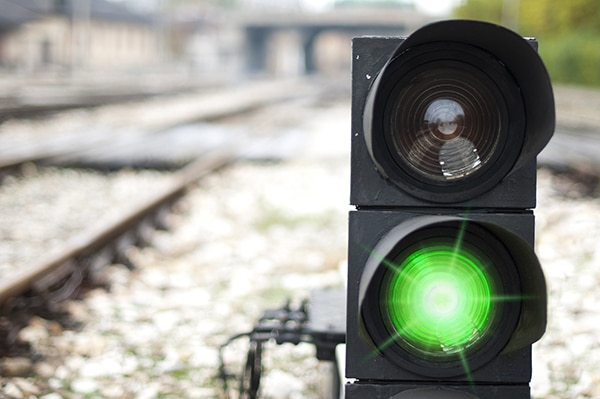• This radio technology has demonstrated its efficiency supporting both ETCS and CBTC and enhances the performance of current rail networks
• LTE accomplishes the requirements drawn by the European Railway Agency for the future ETCS communications
Berlin. September, 18th 2018.
Teltronic is taking part at Innotrans where the company is showing to visitors its expertise in the use of TETRA and LTE for rail signalling applications. The company defends that, in the current technological landscape, LTE meets broadband requirements of any kind of service and, in mission-critical environments like transport, seems to be the most adequate alternative due to it supplies a pure IP packet network, that implies a fast network management, low latencies and high data rates.
These features make LTE a suitable solution not only for applications such as video surveillance system, Internet connection for passengers or load of operational files, but also for data communications for signalling applications ETCS and CBTC, among others.
Regarding to ETCS (European Train Control System), due to the coming obsolescence of GSM-R technology, in 2025 according to forecasts, Europe is looking for the next telecommunications system that will support this signalling standard, and LTE is nowadays the best positioned technology to play this role.
In this way, LTE accomplishes the requirements drawn by the ERA (European Railway Agency): future ETCS communications system will be IP-based, and in that sense, Teltronic’s telecommunication systems, both TETRA and LTE, are fully aligned with that decision.

Based on the proven expertise on TETRA, Teltronic has already developed important projects supporting ETCS signalling, for instance, Kazahstan Railways or the 912 km-long railway corridor of the mining train Moatize-Nacala (in Mozambique) successfully employ technology and systems designed and deployed by Teltronic. Now, with its own LTE technology, this experience is being also applied to the world of mass transit where CBTC is the rail signalling application more extended.
CBTC
Currently, the vast majority of CBTC (Communication Based Train Control) implementations in the market are using the same train-to ground technology: WiFi networks based on IEEE 802.11 standard family. These systems will support the data communication between the on-board protection equipment and the wayside elements along the tracks.
WiFi technology is an option because of its cost, easiness of configuration and commercial availability, however, there are major disadvantages when trusting the vital communication of a CBTC system to this technology, such as the high risk of interferences due to the use of non-licensed bands, a very high number of required access points (every 100 o 200 metres), it doesn’t support native policies of Quality of Service (QoS) or the fact that since it was designed initially for domestic deployment, mobility is not supported natively by the technology.
LTE technology solves these downsides for the operation of CBTC signalling systems, and provides other benefits: coverage ranges around several kilometres instead of hundreds of meters, native support of mobility management that reduces handover times between adjacent cells, advanced mechanisms of quality of service and licensed frequency bands which minimize the risk of interferences.
Moreover, the greater data transmission rate will offer flexibility to support the increasing demand of data transmission for CBTC signalling applications in the new driverless train systems.


